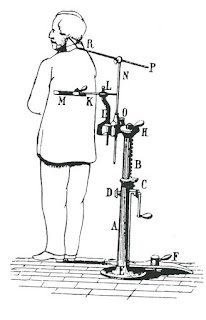Brixham is a fishing town on south Devon. It was founded somewhere between the 7th and 9th centuries AD and in the Middle Ages was the largest fishing port in the south west of England. William, Prince of Orange landed here in 1688 during the Glorious Revolution. He went on to become King William III of England with his wife Queen Mary II.
I started my walk from the car park overlooking Oxen Cove harbour.
Then I headed into town to get some lunch. Most of the restaurants are located around the inner harbour and there's plenty to choose from.
The inner harbour is the location for the replica of the Golden Hind used as a museum.
It's also a convenient location for mooring and repairing the larger boats.
Between the inner harbour and Oxen Cove are the quays for the larger fishing vessels and tugs.
To the north east is the marina.
Separating the harbour from Lyme Bay is the breakwater.
Near the end of the breakwater is a derelict jetty which was originally built by US forces as a landing stage for ships involved in the invasion of France in 1944.
During my visit a number of fishing boats were returning to the harbour.
By the time I'd reached the end of the breakwater Atlantic Storm Frank was beginning to make its presence known and the wind was really starting to pick up so I headed back. As I reached the car park the jetty light had just switched on.
If you're planning a visit to Brixham there's more information here:
Catch You Later!
Tags:
#brixham
#devon
#english riviera
#fishing
#trawler
#oxen cove
#1944
#invasion
























































